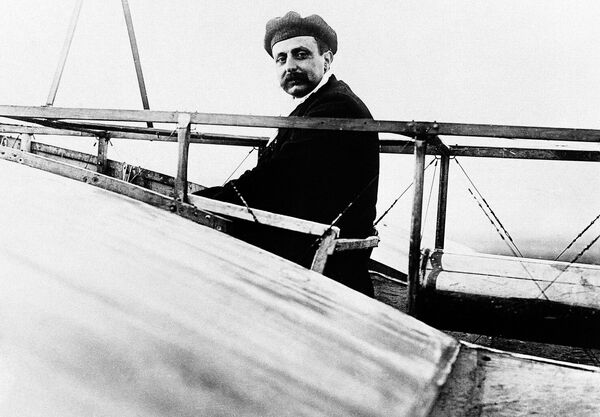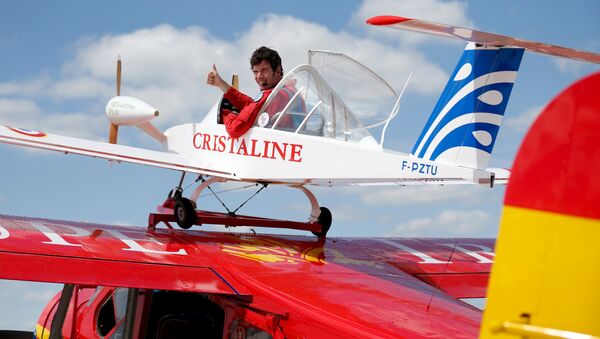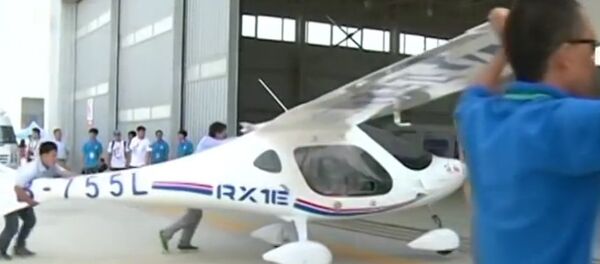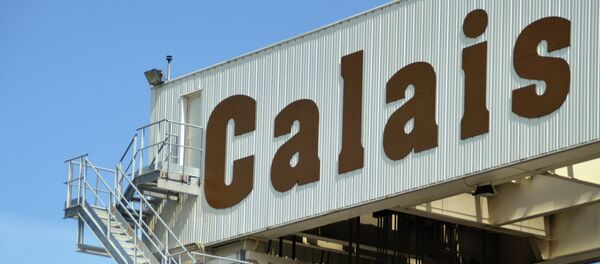The Airbus plane weighs 600 kg, and its lithium-ion battery system alone weighs 167 kg; it traveled at an altitude of about 1,000 meters [3,500 feet]. Before Friday's journey, the aircraft had carried out more than 100 flights and a test program in preparation for the Channel crossing attempt.
"E-Fan is a crucial step on Airbus Group’s journey toward all-electric aviation," says Airbus, which is also developing E-Fan 2.0 and 4.0 versions of the aircraft. The company hopes to start production of the two-seater E-Fan 2.0 series in 2017. The E-Fan 4.0 will be a four-seat electric airplane, available for the general aviation market.
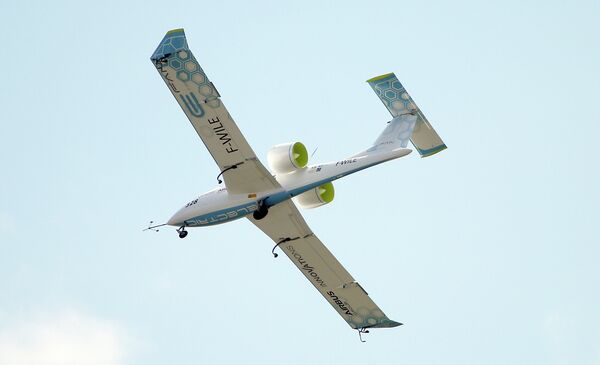
Airbus test pilot Didier Esteyne said the flight represented "the beginning of great innovations," potentially leading to commercial flights on electric or hybrid electric planes.
However, earlier on Friday, French aviator Hugues Duval told the press he had beaten Airbus to the punch, having flown across the Channel in his twin-engine, one-seat Cricri plane on Thursday.
Since Duval was not authorized to take off from Calais, he and his aircraft began the trip on a Broussard plane, before separating from the shuttle aircraft to begin the flight autonomously.
Vol historique; traversée de la Manche avec un avion 100% électrique: Hugues Duval l'a fait, @ParisMatch était là. pic.twitter.com/utRmzEiMdX
— Solène Leroux (@solenelll) 9 июля 2015
His journey was an "important moment," after years of preparation said Duval, who flew from Calais to Dover and back again in his Cricri plane, and reached a speed of 150 kilometers [90 miles] an hour.
Airbus stated that it doubted Duval's claim to the achievement after hearing the news on Friday. "We applaud the intrepid aviator that did this, although the actual details are yet to be confirmed."
"We are not worried. It would not count because we understand he set off from another plane."
